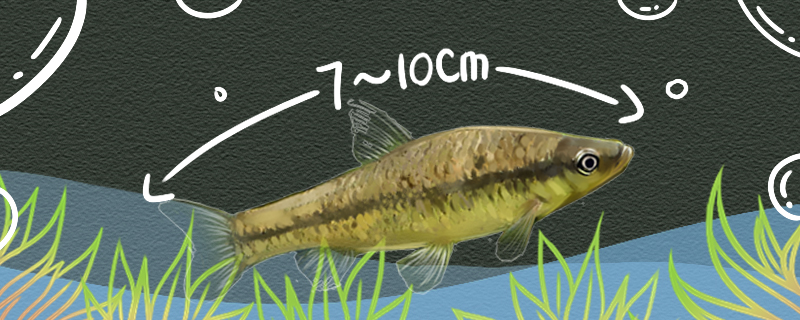
Pseudorasbora parva is an ornamental fish. They are a kind of medium-sized fish. After adulthood, their size will generally be less than 10 centimeters, not too large, more than 10 centimeters of Pseudorasbora parva is very few. However, if for some wild wheatfish, they will live in streams and rivers that are more suitable for their growth, then their size may be larger, and even twenty or thirty centimeters of wheatfish may appear. However, if they live in polluted water environment, then their size will not be so large, overall, such a large body of Pseudorasbora parva is relatively rare.
For the topmouth gudgeon raised in the family, their body size is generally relatively small, and they are greatly affected by the surrounding environmental factors. If the environment is not suitable or the food provided is insufficient, it may lead to their stunting, which will lead to their smaller size.
Pseudorasbora parva can reproduce only after reaching the age of sexual maturity. Their age of sexual maturity is uncertain, generally speaking, about three or four months of breeding can be reproduced, but there are also some mature Pseudorasbora parva later. However, try to choose a slightly older topmouth gudgeon for reproduction, so that the effect of reproduction is better. Selection of Pseudorasbora parva just entering sexual maturity may affect the quality of offspring. They breed and lay eggs in April-June, when they need to ensure that the surrounding environment is suitable for them to breed. If the environment is well controlled, they can reproduce more than once a year.